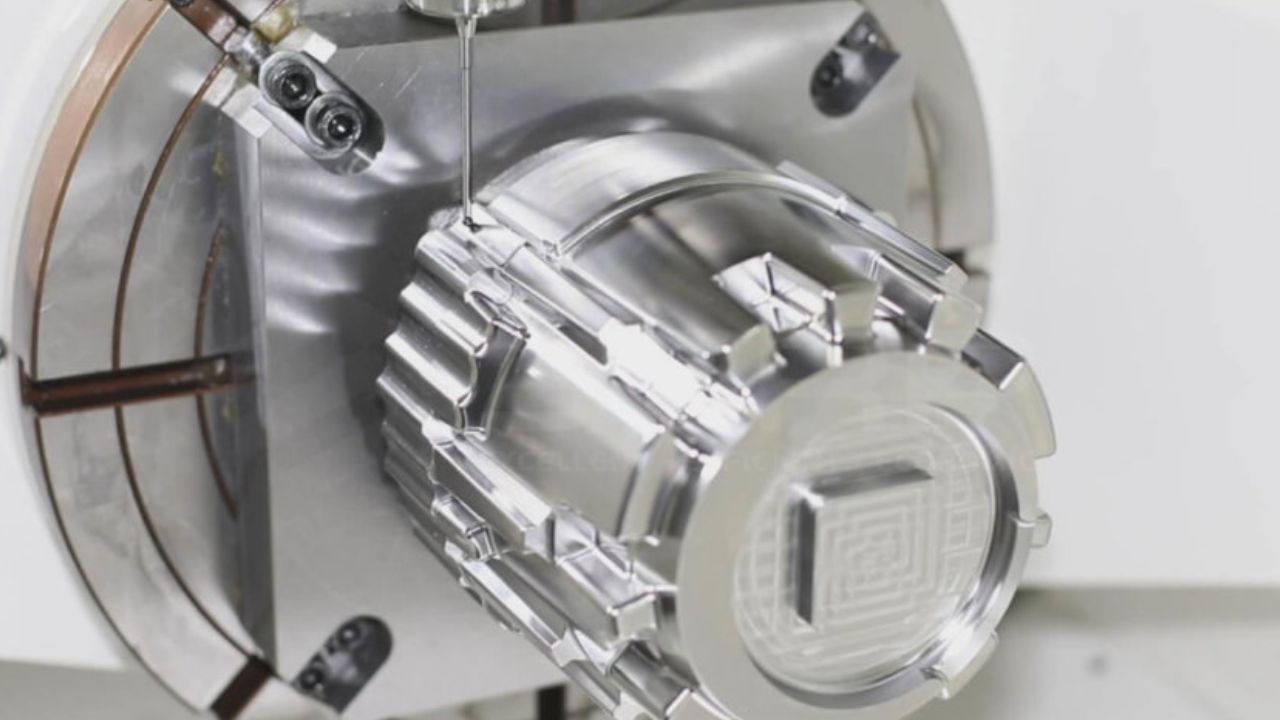The term “machinability” describes a material’s capacity to be shaped or easily machined utilizing a variety of cutting or removal techniques. It takes into account aspects like tool wear, surface finish, and overall productivity while encompassing the material’s capacity to be worked on by tools like lathes, milling machines, drills, or other cutting devices. Good machinability leads to reduced tool wear, increased dimensional accuracy, and improved surface quality by facilitating smoother and more predictable machining operations.
The hardness, strength, thermal conductivity, chemical makeup, and microstructure of the material are among the variables that affect machinability. In order to learn more about What is machinability increase production efficiency, save costs, and uphold high standards of quality throughout the manufacturing process, manufacturers seek to comprehend and maximize machinability.
Main Elements That Influence Machinability
The ability of a material to be machined effectively and efficiently with good surface finishes and little wear on cutting tools is referred to as machinability. It has a significant impact on production costs, productivity, and the overall quality of the final product during the manufacturing process. A material’s machinability is greatly influenced by a number of important aspects. It is essential to comprehend these elements in order to maximize the machining process.
Properties of Materials
Fundamental characteristics of the material being processed. The following properties affect a material’s cutting ease: hardness, toughness, strength, and thermal conductivity. Higher hardness materials, such as some stainless steel grades or hardened steels, are typically harder to process than softer materials, such as brass or aluminum.
Microstructure and Composition
Machinability is largely dependent on the material’s composition and microstructure. Sulfur, lead, and other alloying elements can affect the creation of chips, wear on tools, and general cutting ease.
Thermal Conductivity and Heat Resistance
In machining, a material’s capacity to release heat and withstand high temperatures is essential. Because of their low heat conductivity and heat resistance, some materials, such as titanium and high-temperature alloys, can be difficult to machine. This is because heat builds up during cutting, which can result in tool wear and subpar surface finishes.
Workplace Ductility and Hardening
Work-hardening materials, like some types of stainless steel, can make machining more difficult because they get tougher and harder as the material is cut. On the other hand, extremely ductile materials may result in issues with surface finish and chip management.
Design and Material of Cutting Tools
Machinability is greatly influenced by the material and design choices made for cutting tools. While coatings and tool edge geometry can improve wear resistance and decrease friction, harder-cutting tools may perform better when used on tougher materials.
Feed Rates and Cutting Speeds
For effective machining, proper feed rates and cutting speeds are necessary. While high feeds and speeds may increase output, they must be weighed against the characteristics of the material to prevent overuse of tools or subpar surface finishing.
Coolants and Lubricants
For better chip evacuation, heat dissipation, and friction reduction throughout the cutting operation, proper lubrication and cooling are essential. For best performance, select coolants and lubricants that are appropriate for the material being machined.
Chip Management
Poor surface finishes, built-up edges on the cutting tool, and chip entanglement can all be avoided with effective chip control. Effective chip control techniques can extend tool life and increase efficiency.
Tool Upkeep and Wear
Maintaining cutting tools on a regular basis and comprehending tool wear patterns are essential for reliable machining results. Tool breakage or blunting might result in a subpar surface finish and higher production expenses.
Geometry and Design of the Workpiece
The workpiece’s geometry and design are important factors in machinability. For effective machining, internal stresses, sharp corners, and complicated shapes should be taken into account as they may have an impact on the cutting process.
Conditions and the Machining Process
Machinability is affected by the machining method that is selected, including turning, milling, drilling, and grinding. Efficiency can be greatly impacted by optimizing process factors like depth of cut, tool route, and machine stiffness.
Conclusion
Machinability is the result of a complicated interaction between cutting circumstances, tooling, material qualities, and other variables. Comprehending these variables and their interplay is vital for producers seeking to enhance productivity, curtail expenses, and uphold superior production standards. Machinability continues to be shaped by ongoing study, development, and use of novel materials and techniques in modern manufacturing.

